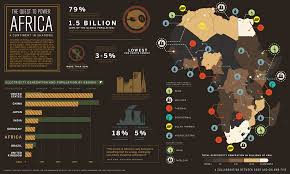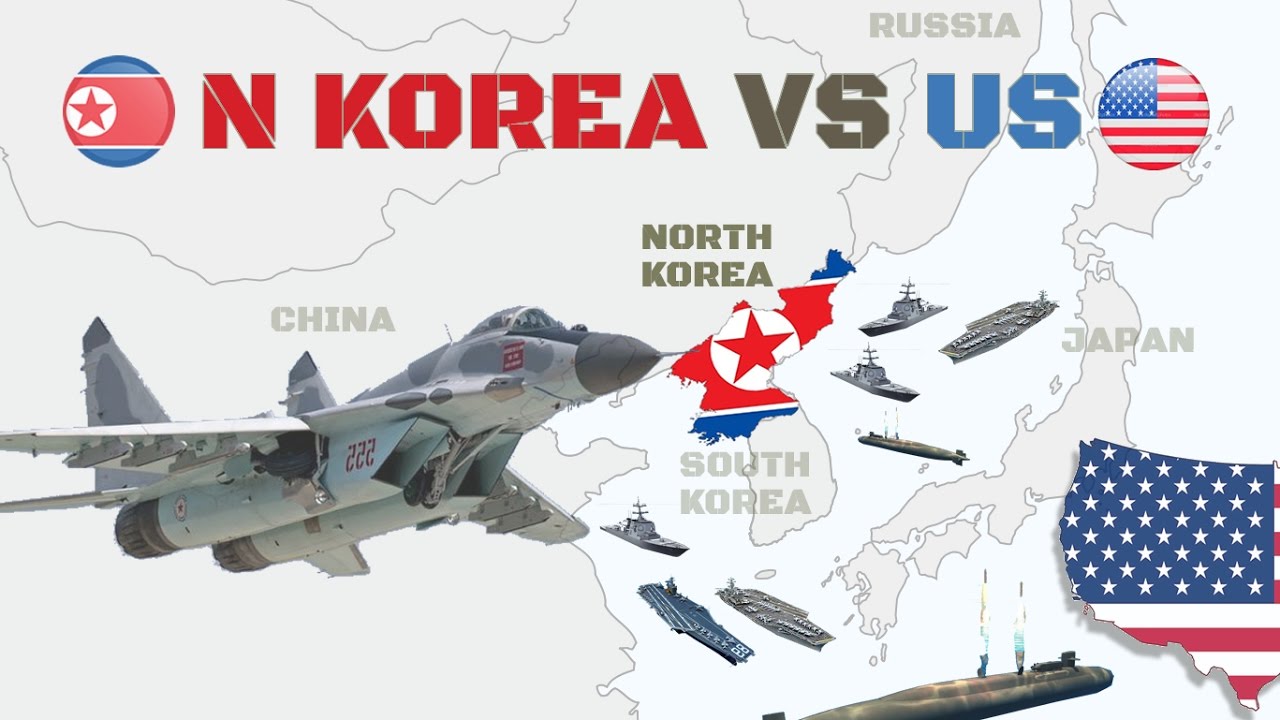Why the US are so powerful? The main reasons lying behind their dominance is that they base their power on several pillars : geographical advantage , culture of innovation , high level of education , financial and economic flexibility and stability , military dominance and a stable political system. These pillars basically permit the US to still solid and powerful even if one of them is weakened. That is why the decline of the dollar and their monetary hegemony would not mean necessarily a decline of the US.
At the heart of U.S. power is its geography and the strategic depth that this geography provides. The nation’s vast internal infrastructure is buoyed by a robust national highway system, as well as the globe’s largest rail system and longest internal waterway network. Moreover, the United States is self-sufficient in almost all major industrial and agricultural commodities, with the exception of petroleum. Even then, it is the world’s largest petroleum producer.
The United States has no strategic threats on its immediate borders, with even further depth supported, for now, by its military and aerospace power. This geographical productivity and external security allow it to take a hands-off economic approach unmatched by most other economies. Its free economic environment cultivates a strong entrepreneurial culture and allows venture capital platforms to flourish; gives it leadership roles in innovation and research and development in all areas of technology and academia; enables a robust financial center; and creates a flexible labor market. In total, U.S. economic power is far from just a consequence of the dollar’s hegemony in global finance and makes it a magnet for capital and investment accumulation.
A few countries have replicated aspects of those strengths, but no single country has done so on the scale of the United States. For example, the United States sits at or near the top in every category of technological development, while other countries can only lead in some areas. On the whole, the United States can satisfy most of its economic needs, making it one of the world’s few heavily industrialized countries with little trade exposure. This gives it more resilience than others to withstand downturns in global trade.
No other country can take solace in this fact. Modern China emerged from a bitter internal civil war in the aftermath of Japanese occupation, compelling it to overcome its internal tension by employing a centralized economic system with strong government oversight of its corporate structure. The same is true of Japan’s keiretsu and South Korea’s chaebol, both closely linked corporate systems. This type of economy is also prevalent in Europe, where a high level of regulation has quashed any chance of developing an entrepreneurial tech hub on the scale of California’s Silicon Valley.
Despite these strengths, the U.S. approach poses risks over the next decade. The concern remains that the monetary tools used to manage these risks were blunted with the response to the last economic downturn, and that recovery from a new downturn could drag on given the current state of U.S. interest rates, possibly requiring more stimulus spending. Such spending would only exacerbate the deficit and problems underpinning it. The United States’ status as global hegemon certainly does not make it immune to crises, even painful ones that force it to turn inward. So while continued economic prowess for the United States appears likely in the long term, the immediate outlook is not necessarily as rosy.
Potential Weakness of the Dollar
There is no doubt that the United States’ dominant role in the global financial system gives it outsized influence. The dollar’s status as the global reserve currency, U.S. influence on multilateral financial institutions like the International Monetary Fund (IMF) and World Bank, and New York’s position as the financial capital of the world gives Washington strong leverage that it uses to influence the actions of other nations. As in the case of the recently lifted sanctions that isolated Iran, even if other countries do not align with U.S. positions, they would likely capitulate to U.S. wishes so as not to lose access to U.S. financial markets. The United States still needed support from Europe for those sanctions to have a significant effect, but even without that support, the sheer size of U.S. financial markets would have given unilateral sanctions significant weight.
While ETM Analytics has taken the view that the U.S. role in the global financial system is supported largely by the hegemony of the dollar, Stratfor sees the dominant dollar is just one component of a much larger mosaic supporting the long-term stability and health of the U.S. economy. A gradual decline in the dollar’s role as a global reserve currency does not undermine the rest of the United States’ economic strengths. Those give the United States more flexibility in dealing with any economic challenge, and that is likely to continue underwriting the stability of the U.S. economy. While the U.S. economy, like every other, certainly remains subject to periodic downturns that will no doubt be painful at times, the United States has the ability to weather them more easily than any other large country.
One point that the ETM series drives home is that regardless of its intent, the Fed’s actions matter on a global scale, meaning it poses a risk to the rest of world. But to Stratfor, it is not a question of whether the dollar’s role in international finance is an exorbitant privilege that other nations are driven to “abhor,” but rather how well the Fed walks the thin line of balancing its own monetary policy requirements with the requirements of the global economy.
The Fed’s mandate is to safeguard the health of the U.S. economy. However, the United States remains isolated from other global economic problems, particularly in trade. This means that the potential of the Fed’s monetary policy to disrupt the global economy is diluted by natural economic buffers in the United States against external shocks. This question lies at the heart of the monetary tightening cycle that the United States began late last year.
Regardless, the U.S. struggles to balance its interests with those of the global economy and its relative economic insularity give the rest of the world incentive to find ways to protect itself. Both Stratfor and ETM Analytics agree that as it stands, no single entity could easily match U.S. financial dominance, and it does not appear that one is on the way.
No Obvious Potential Successors
For many years, the mantle of global financial hegemony was held by European powers. Collectively, Europe is a region more populated than the United States with roughly the same global economic output — and far more international trade. However, one of Europe’s defining characteristics is its divisions, both geographical and historical. Europe is riven by mountain ranges and peninsulas allowing countries like Germany and France to generate and trade large quantities of goods without being forced to work together to transport them to the ocean and beyond. The result is a continent defined by cultural differences, with strong identities that have been formed often in direct opposition to one another. These identities hinder attempts to unify the continent under a single banner, be it by military means like those of Napoleon, or political means like the European project.
In the short term, sheer political willpower can overcome these obstacles, but ultimately European unity tears itself from within. The eurozone encountered a crisis just eight years into its existence. Attempts to solve the crisis by transferring capital from the wealthier north to the worse-affected south (and Ireland) have led to rising friction within the bloc. This has led to the emergence of populist and nationalist political movements, in the south advocating a write-off of debt and in the north seeking an end to bailouts. Both regions have seen demands to exit the eurozone. The euro is a currency whose foundations are laid in different countries, all of whom have proved unwilling or unable to pull together in a crisis. The next crisis could very easily see the currency’s end.
China is now more dependent on the global financial system than it has ever been. Unlike the United States, China is not relatively isolated from trade, it does not yet have a vibrant consumer sector, it lacks strategic depth from outsiders militarily, and it does not possess the same productive and encompassing technological innovativeness.
Whether or not U.S. actions are directed at China, these vulnerabilities are forcing Beijing to take a more active stance on international issues, including trade and finance. However, China does not want the yuan to replace the dollar as the global benchmark currency. For the Chinese currency to do so, China would have to drastically reform its financial system by liberalizing the yuan exchange rate, removing capital flows and taking other actions that would undermine Beijing’s control over the country as it navigates a crucial economic shift over the next two decades. Even as China embarks on the internationalization of the yuan and the liberalization of parts of its currency regime, it is doing it very slowly and in ways that would prevent real offshore liquidity to the point that it no longer has control over its currency.
Diluting U.S. Financial Primacy
Nonetheless China — much like Europe — has a strong desire to stabilize the global financial system so that any actions the Fed takes to manage the U.S. economy have only a limited effect worldwide. Though neither Europe nor China can likely supplant the dollar by themselves, they can dilute its influence. Decentralizing global currencies is one way of doing so, and it is clear that China is pushing in that direction. In April, China floated the idea of issuing bonds denominated in Special Drawing Rights (SDRs) and spent much of past year successfully lobbying the International Monetary Fund to include the yuan in the SDR basket.
In theory the SDR, a collection of major world currencies, could be an ideal mechanism on which to base a global reserve system. Regardless, the acceptance of this concept is likely to be slow, over the course of decades, since backing the SDR as any sort of functional reserve currency would require China to build a consensus with most of the world’s economic powers, including the majority of Europe. Europe — especially the United Kingdom and Germany — has been more receptive to some of China’s strategies to internationalize the yuan and may eventually view the SDR as an ideal way to lessen the Fed’s influence over global finance markets. Regardless, consensus-building from China to use the SDR will likely be slow, barring global financial panic. In the meantime, we will probably see countries (and banks) slowly move away from the dollar and balance risk by keeping more reserves in other hard currencies as well as the yuan.
For the United States, such a loss would be manageable so long as the transition is slow and does not cause a sudden run on the dollar. The tangible benefits of having the global reserve currency have always been up for debate, with some studies suggesting it adds less than 1 percent to gross domestic product. Former Fed Chairman Ben Bernanke recently noted that the benefits are “mostly symbolic.” However, from a geopolitical perspective, a more distributed international financial system would surely undermine the United States’ ability to slap sanctions on companies that do business with U.S. rivals. That said, the United States’ power does not rest on any single tool. A weakening of its stranglehold over international financial transactions would weaken just one method for the United States to project power.
Our view is that the dollar would likely still play a large part in any successor currency regime. That role might not approach, as it does today, the roughly 45 percent of cross-border payments nor the 64 percent of global foreign exchange reserves held, but the dollar would likely retain the largest share in a successor regime — especially if the eurozone falls apart. While this might require the United States to adjust its debt situation, it is likely that the transition would be slow as other countries gradually diversify their holdings and payments away from the dollar, given that the dollar has no clear successor.
The U.S. debt situation could certainly come to a head over the next two decades (as could those of other major economies) but in the aftermath, the overall strengths of the U.S. economy would make recovery easier. Superpowers throughout history have seen the levers that enforce their status come and go, but the very definition of a superpower is that it naturally develops new ones to replace those that break. Until a single, unified bloc can balance the United States in the same way that the Soviet Union did, it will remain the center of the global geopolitical system regardless of the role the dollar plays.








